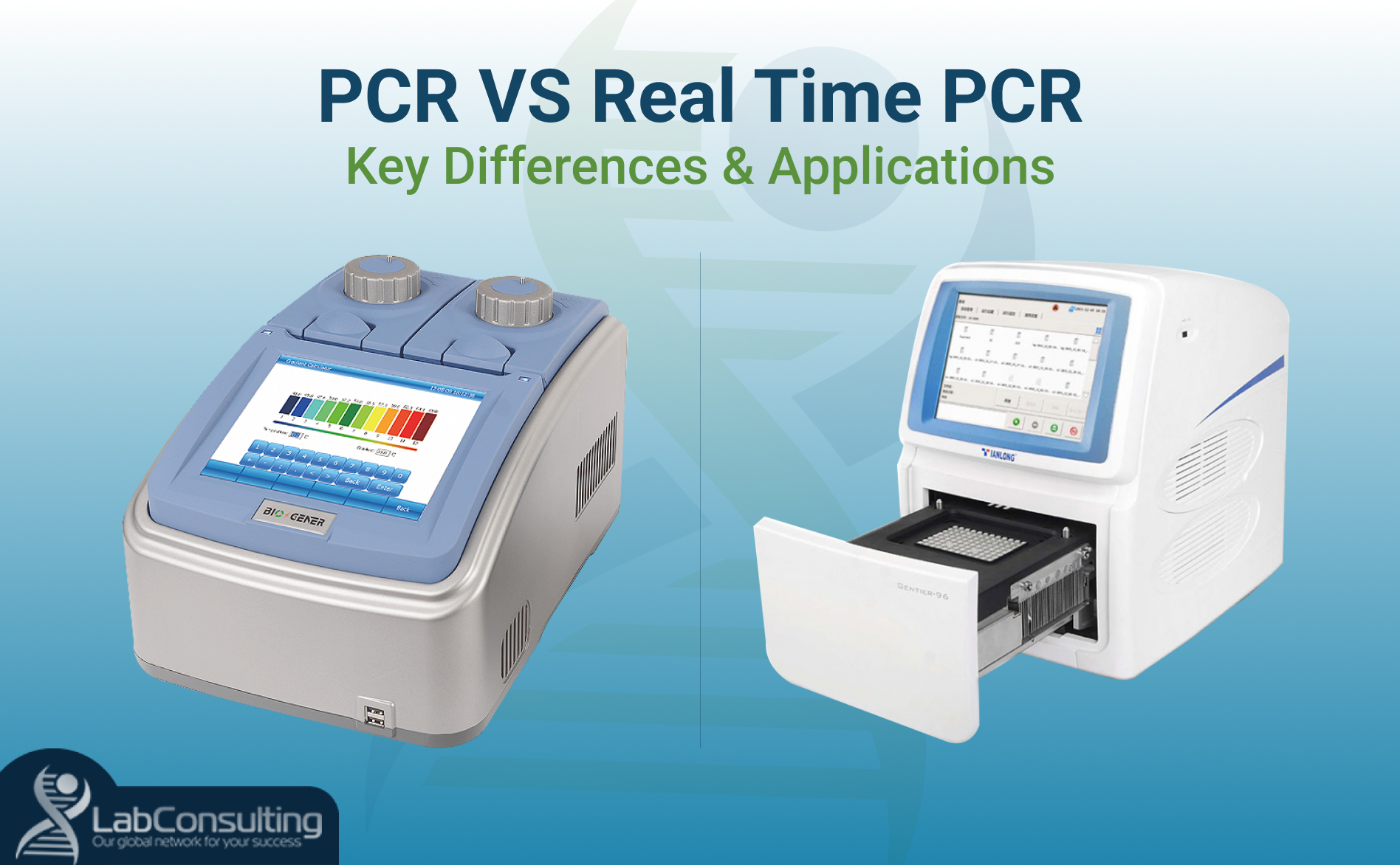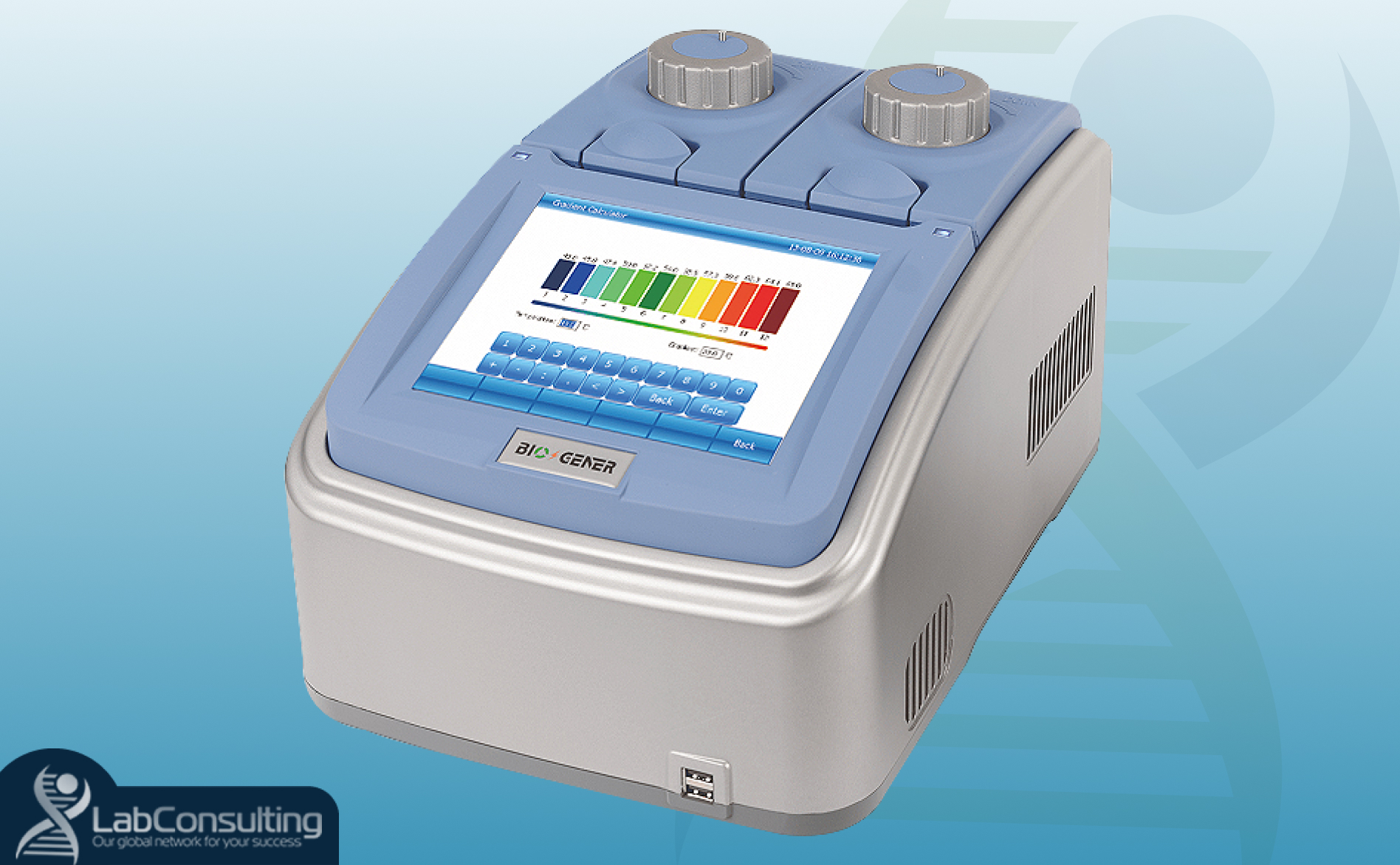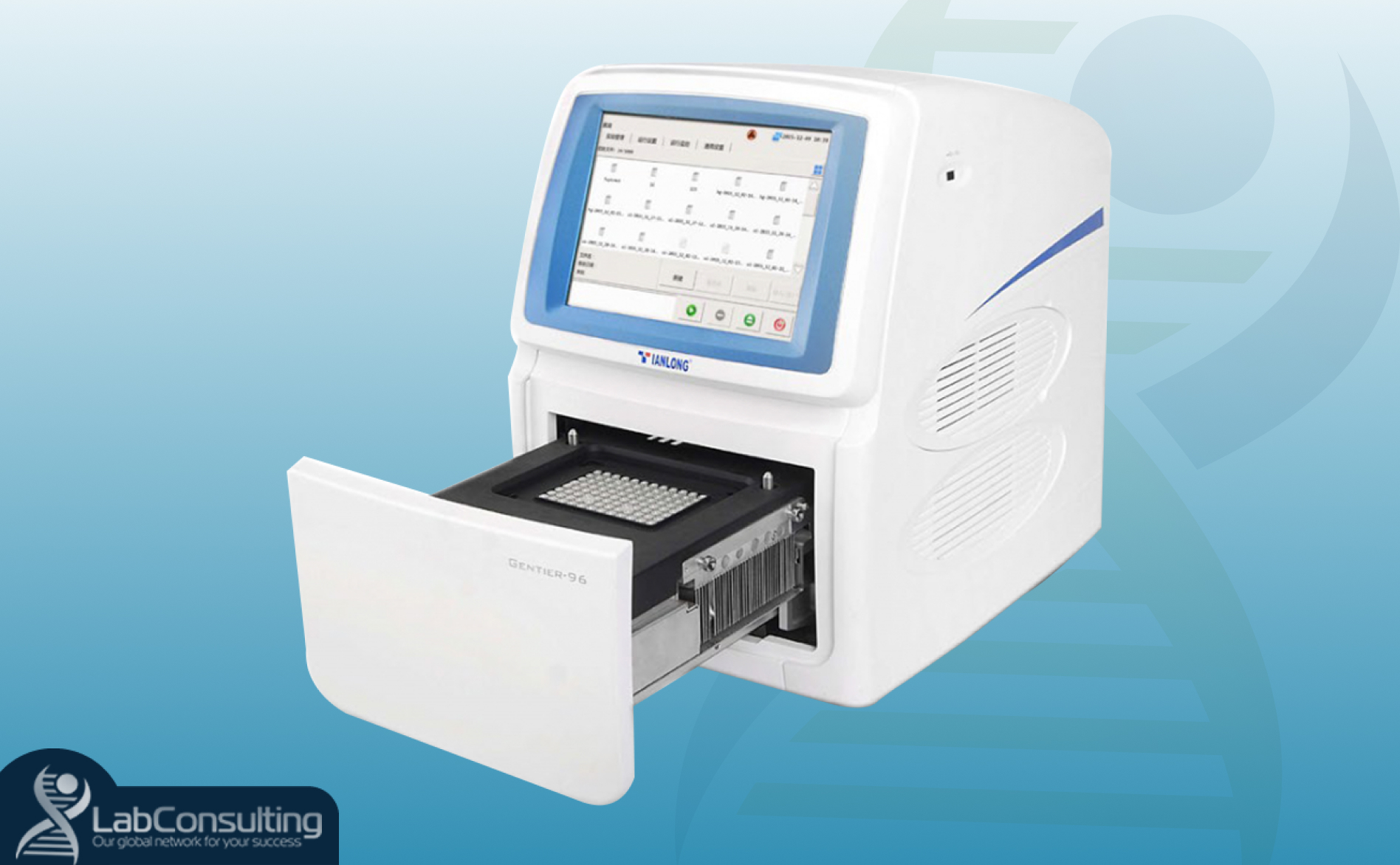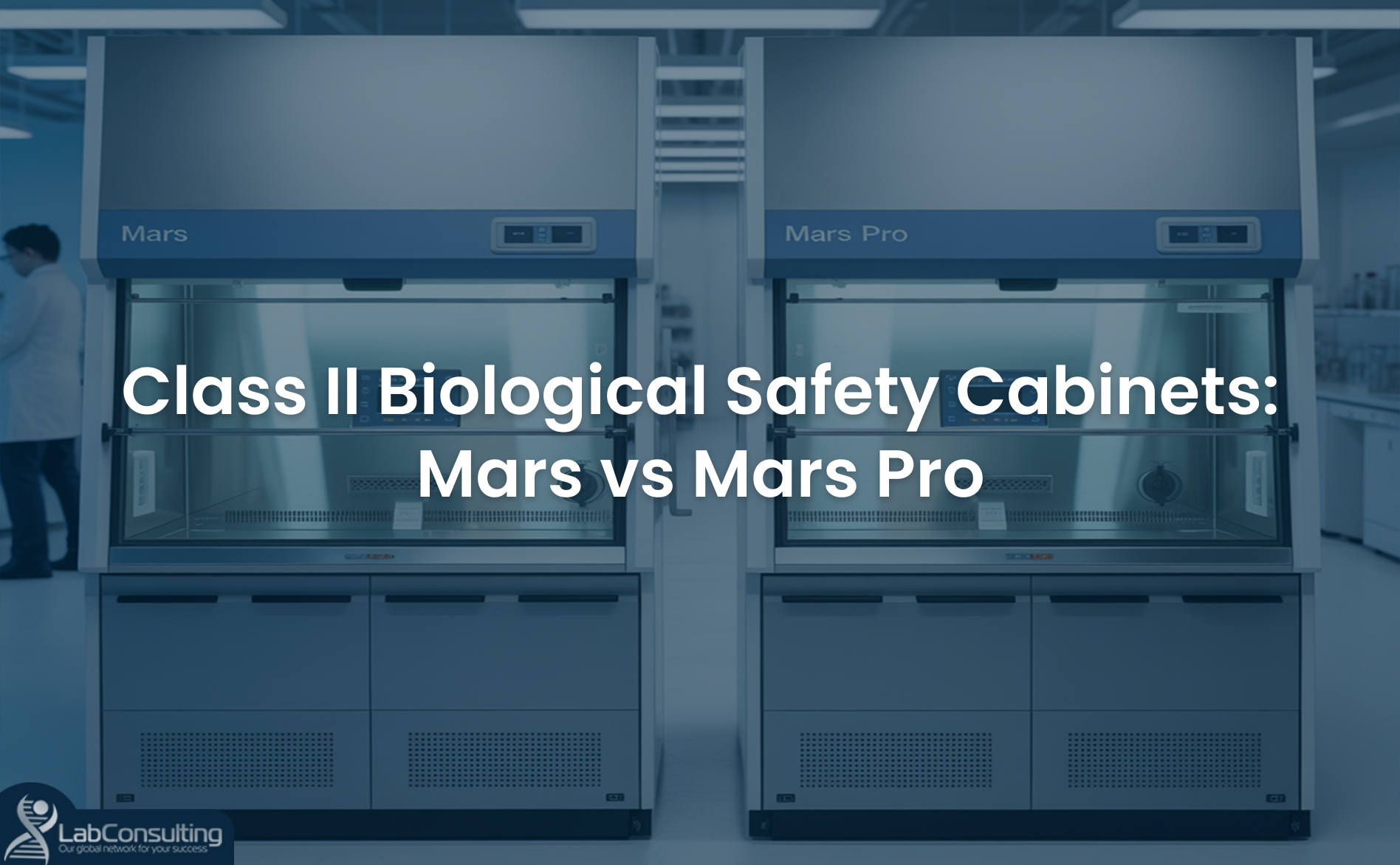PCR and Real-Time PCR: Differences in Results, Cost, and Applications
- September 9, 2025
- Last Updated: September 9, 2025

In modern molecular biology and diagnostics, PCR (Polymerase Chain Reaction) and Real-Time PCR (qPCR) are two powerful tools used to amplify DNA. While both techniques serve a similar purpose copying DNA they differ significantly in how results are delivered, how much they cost, and what types of applications they’re best suited for.
If you’re setting up a lab, planning a research project, or simply deciding which machine to invest in, understanding these differences is key. This blog will walk you through the main contrasts between conventional PCR and Real Time PCR focusing on their output quality, pricing, and usage scenarios, so you can confidently choose the method that fits your needs.
What Is PCR?

PCR (Polymerase Chain Reaction) is a widely used laboratory method that creates millions of copies of a specific DNA segment. It works by cycling the DNA through three temperature stages denaturation, annealing, and extension inside a thermal cycler. This temperature control allows enzymes and primers to repeatedly replicate the target sequence.
Standard PCR delivers results only at the end of the process. Typically, these results are visualized using gel electrophoresis, which separates DNA fragments by size. This approach tells you whether your target DNA is present, but not how much of it there is.
Because of its simplicity and low equipment cost, PCR is commonly used in teaching labs, genotyping, cloning, and forensic work. It’s ideal when you just need a clear yes-or-no answer or confirmation that the amplification worked.
What Is Real-Time PCR?

Real-Time PCR, also called quantitative PCR (qPCR), builds on traditional PCR by adding fluorescent detection that monitors DNA amplification as it happens. Instead of waiting until the end of the reaction, this method captures data during each cycle, providing real-time measurement of DNA levels.
The key difference lies in the integration of fluorescent dyes or probes that bind to DNA and emit a signal during the reaction. Specialized optics within a real-time PCR machine detect this signal and generate amplification curves, Ct values (cycle threshold), and melting curves delivering both presence and precise quantity of the target DNA.
Because of its speed, sensitivity, and quantitative power, real-time PCR is widely used in clinical diagnostics, gene expression analysis, and viral load monitoring. Unlike standard PCR, it eliminates the need for gel electrophoresis and manual analysis, reducing hands-on time and error risk.
PCR vs Real-Time PCR: Key Differences
| Feature | PCR (Conventional) | Real-Time PCR (qPCR) |
|---|---|---|
| Detection Timing | After reaction (end-point only) | During each cycle (real-time) |
| Data Output | Qualitative / Semi-quantitative | Fully Quantitative (Ct values, amplification curves) |
| Result Visualization | Gel electrophoresis (manual) | On-screen, software-generated graphs |
| Accuracy | Lower; can’t quantify precisely | High; exact measurement of DNA concentration |
| Speed of Interpretation | Slower (requires post-processing) | Faster (automated detection while running) |
| Specificity Checks | Limited | Melting curve analysis for specificity and contamination |
| Use Case Fit | Teaching labs, basic research | Diagnostics, gene expression, pathogen detection |
PCR Thermal vs Real-Time PCR: Cost of Equipment and Operation
The cost difference between PCR and Real Time PCR goes beyond just the initial purchase price. It also includes ongoing operating costs, software requirements, and consumables.
Conventional PCR machines (thermal cyclers) are typically more affordable upfront, making them ideal for educational labs, research startups, or projects that only need basic DNA detection. These machines don’t require specialized detection systems, just standard reagents and post-run gel electrophoresis.
Real-Time PCR systems, like the Gentier 96E or 96R, come at a higher price point due to advanced features like built-in fluorescence optics, real-time data tracking, and analytical software. These systems also require fluorescent dyes or probes, which increase per-sample cost.
Here’s a quick cost breakdown:
- PCR: Lower equipment cost, minimal consumables, manual analysis.
- qPCR: Higher equipment cost, ongoing reagent and software expenses, but faster and more accurate results.
Labs aiming for precision, speed, and automation often find that the higher investment in qPCR pays off in efficiency and data quality over time.
PCR vs Real-Time PCR: When to Use Each Method
Both PCR and Real Time PCR serve important roles in molecular biology, but they’re suited to very different use cases depending on the goals of the experiment.
Use PCR when:
- You need a simple yes/no answer (e.g., is a gene present?).
- The lab is focused on basic research, cloning, or teaching.
- Budget constraints make lower-cost equipment and consumables a priority.
- You don’t need exact DNA quantities, just confirmation of amplification.
Use Real-Time PCR when:
- You need accurate quantification, such as measuring viral load or gene expression levels.
- Fast, real-time data is essential (e.g., in clinical diagnostics).
- You’re working in high-throughput labs, pharmaceutical research, or personalized medicine.
- Multiplexing or high specificity is required.
For example, detecting a virus like COVID-19 relies heavily on qPCR because knowing how much of the virus is present changes the diagnosis or treatment path. In contrast, checking for a cloned gene might only require standard PCR.
PCR or Real-Time PCR: Which Is Right for Your Lab?
Choosing between PCR and Real Time PCR depends on a few key factors: your goals, your budget, and how critical accurate quantification is to your workflow.
If your lab focuses on basic DNA detection, educational demos, or small-scale projects, a conventional PCR thermal cycler is often the smarter, more affordable choice. It delivers what you need without extra cost.
But if your work involves clinical diagnostics, pathogen detection, or gene expression studies, the investment in a Real-Time PCR system is usually worth it. You’ll benefit from faster results, greater accuracy, and powerful data analysis tools, all in one system.
Also consider throughput. If you’re running dozens of samples daily or require multi-target detection, a qPCR system like the Gentier 96E or 96R can dramatically improve efficiency.
Ultimately, the best choice is the one that aligns with your scientific needs and operational demands. When in doubt, consult with a lab consulting expert to match your use case with the right equipment.
Final Thoughts: PCR vs Real-Time PCR Summary
Both PCR and Real Time PCR are essential tools in modern labs—but their roles, results, and costs differ in meaningful ways.
- PCR is best for basic detection, smaller budgets, and straightforward workflows.
- Real-Time PCR excels when accuracy, speed, and quantification are critical—especially in diagnostics or high-throughput research.
Choosing the right system depends on what your lab needs today and how it plans to grow tomorrow.
At Lab Consulting, we help labs find the perfect fit. Whether you’re starting with a reliable thermal cycler or scaling up with advanced qPCR systems like the Gentier 96E or 96R, our team is here to guide you through specs, setup, and support.
Need help deciding?
Explore our full range of PCR and Real Time PCR Cyclers or get in touch with one of our consultants today.
FAQs:
1. What does a real-time PCR machine actually measure?
A real-time PCR machine measures the accumulation of DNA during each cycle of the reaction using fluorescent signals. This allows labs to track amplification live and quantify the amount of DNA or RNA present in the original sample.
2. Can I convert a regular PCR machine into a real-time system?
No, you cannot convert a standard PCR thermal cycler into a real-time PCR system. Real-time PCR machines require built-in fluorescence detection optics, specialized software, and temperature calibration systems that are not present in conventional PCR machines.
3. Is qPCR better for virus detection than regular PCR?
Yes. qPCR (real-time PCR) is better suited for virus detection because it provides both presence and quantity of viral genetic material. This is especially important in clinical diagnostics where viral load affects treatment decisions.
4. Do all qPCR systems support multiplexing?
Not all real-time PCR systems support multiplexing. Multiplexing requires multiple fluorescence detection channels. Advanced systems like the Gentier 96E (6 channels) are built for this, while basic models may support fewer targets simultaneously.
5. How long does a real-time PCR run typically take?
A real-time PCR run takes between 30 minutes to 2 hours, depending on the protocol, instrument model, and sample type. High-performance systems with fast ramp rates and optical scanning can reduce runtime significantly.
6. Can real-time PCR be used for RNA analysis too?
Yes. Real-time PCR is commonly used with reverse transcription (RT-qPCR) to analyze RNA. It’s widely used in gene expression studies and RNA virus detection, including applications like COVID-19 testing.
7. What software is needed to analyze qPCR results?
Real-time PCR systems typically include proprietary analysis software that generates Ct values, amplification plots, and melting curves. This software is essential for interpreting results and varies by manufacturer.
Contact Us
RECENT POSTS
-
- September 9, 2025
PCR and Real-Time PCR: Differences in Results, Cost, and Applications
In modern molecular biology and diagnostics, PCR (Polymerase Chain Reaction) and Real-Time PCR (qPCR) are two powerful t..
Read More -
- August 19, 2025
Class II Biological Safety Cabinets: Mars vs. Mars Pro
If you’re new to biosafety cabinets, here’s the simple truth: a Class II biological safety cabinet (BSC) is a clean-..
Read More -
- October 15, 2024
The Future of Laboratory Services in Austria and Germany!
Laboratory services in Austria and Germany play a vital role in advancing industries like healthcare, biotech, and resea..
Read More












